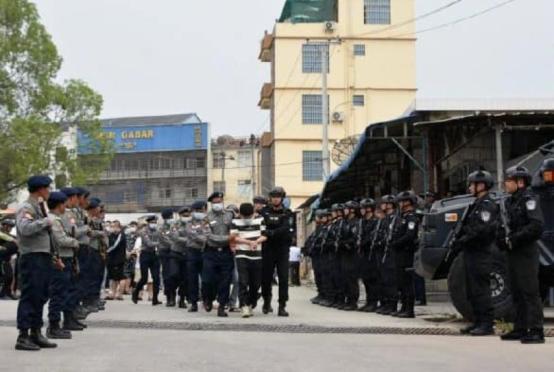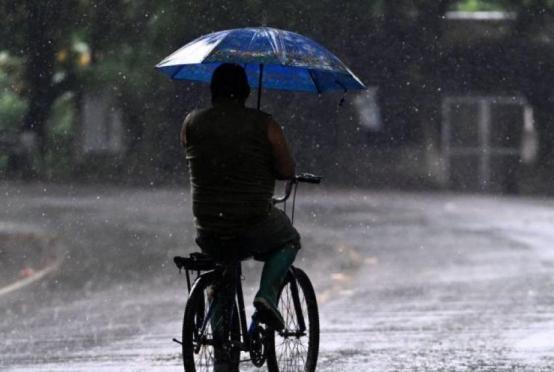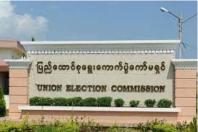Myanmar has seen over 60,000 internally displaced people in Sagaing Region, and over 10,000 each in Magway Region and Chin State from early September to the second week of the month, according to a statement released by UN OCHA Myanmar on October 2.
The statement pointed out that the humanitarian situation in several townships in Sagaing and Magway regions was deteriorating.
There were an estimate of 63,000 people temporarily displaced in Sagaing between 4 and 13 September and more than 12,000 currently displaced in Magway, according to local partners.
In Chin State, clashes between the Myanmar Armed Forces (MAF) and local People’s Defense Force (PDF) escalated, particularly around Thantlang. As of 13 September, close to 12,000 people remain displaced in several townships and neighbouring regions.
Likewise, the security situation in south-eastern Myanmar continued to deteriorate throughout September, particularly in Kayah State and the bordering townships of southern Shan State. An estimated 142,000 people remain displaced, mostly in Kayah State, due to clashes and insecurity since February, the statement said.
Despite access, security and other operational constraints, WFP and partners have started to overcome challenges in food and cash distributions in conflict-affected areas and elsewhere.
An estimated 34,000 people have fled across Shan State since the beginning of 2021; close to 13,380 remain displaced.
Across the country, access to vulnerable people in need of urgent humanitarian assistance and protection services remains significantly restricted due to escalating armed clashes, overall insecurity and COVID-related restrictions, the statement pointed out.
It added that as of 27 September, less than half of the US$276.5 million requested under the Humanitarian Response Plan (HRP), and only 15 per cent of the US$109 million requested under the Interim Emergency Response Plan have been funded, according to the FTS.
















